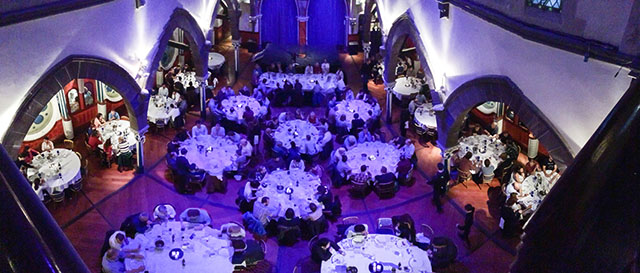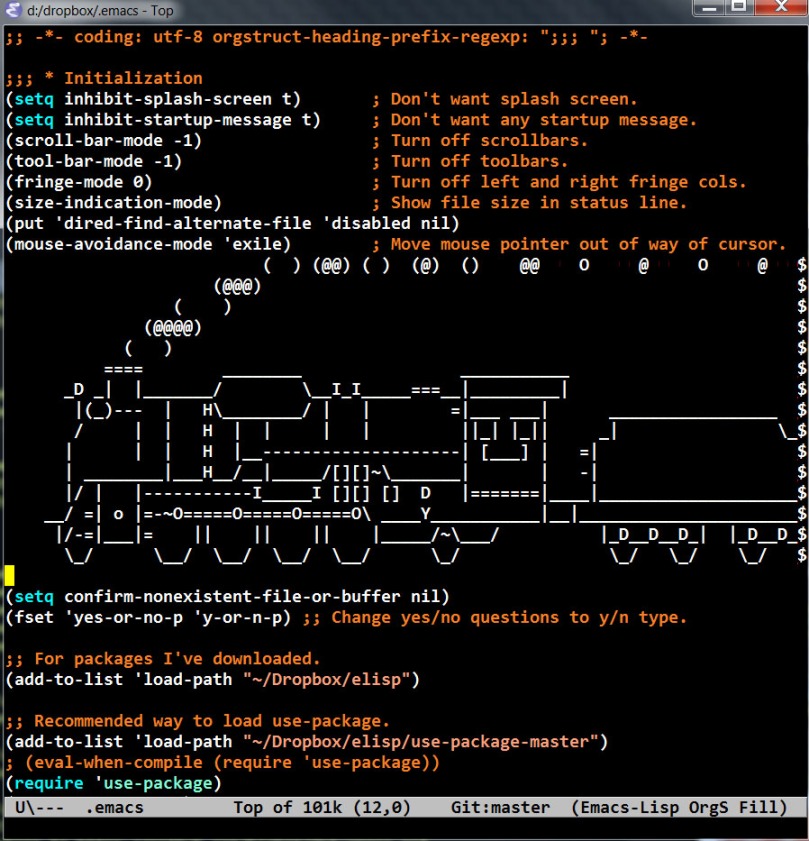Last week (June 23-26, 2015) around 200 numerical analysts congregated in Glasgow for the 26th Biennial Conference on Numerical Analysis, held at the University of Strathclyde. This was the 50th anniversary of this biennial conference, the first of which was held in 1965 at St. Andrews University. The original meeting, organized by Ron Mitchell, Mike Osborne, Donald Kershaw and Jack Lambert, was titled Symposium on the Solution Of Differential Equations, lasted two days, and attracted about 25 people. Ron Mitchell moved in 1967 to a chair at Queen’s College, Dundee, which become the University of Dundee in the same year, so the conference continued at Dundee, where it stayed until 2007, organized by Alistair Watson and David Griffiths.
Since 2009 the meeting has been hosted at the University of Strathclyde. The Conference Organizing Committee of Philip Knight, John Mackenzie, and Alison Ramage have introduced various innovations, such as minisymposia and, this year, Scottish country dancing (optional!). This year also saw the introduction of the Fletcher-Powell Lecture, honouring Mike Powell (who sadly passed away earlier this year) and Roger Fletcher, given by Michael Saunders (Stanford). In his introduction to the lecture, Nick Gould emphasized the crucial role that Fletcher and Powell played in developing the field of nonlinear optimization, starting in the 1960s. A Storify is available summarizing tweets about the conference.
An excellent history of the conference was written by Alistair Watson in 2006 and is available on his website. Alistair’s article was invaluable in preparing my after-dinner speech. The conference dinner was held in the impressive Òran Mór, a converted church in the west end of Glasgow. The dining area is seen in the photo below, from the vantage point of a balcony.



